Market Share
Smart Inhalers Market Share Analysis
The smart inhalers market is currently a rising sector that is characterized by a range of innovative strategies which aim at capturing and improving market share. It stands out that differentiation is one the key strategies, and companies are working on equipping inhaler devices with advanced technologies. Smart inhalers that are installed with sensors and connectivity features provide users with the opportunity to monitor the intake of their medications, receive dosage notifications and record everything that happens in the body in real-time. Through such innovative and user-friendly solutions, companies strive to differentiate their products from competitors that are in high demand and are sought by healthcare providers and patients who are focused on improving medication adherence and management.
Cost-leadership, which is another important strategy, exists in the smart inhalers market. Companies work hard to optimize production lines, control the production costs, and provide budget-friendly smart inhalers for end-users. From this standpoint, this method is especially attractive to healthcare systems and patients who are seeking for budget-saving options without sacrificing the advantages of smart inhaler technology. Through efficient costs, the companies can capture the broader market share and, therefore, the wider population can afford using the smart inhalers
There is observance of niche market positioning as they target specific niches in the smart inhalers market. This can mean tailoring of smart inhalers dedicated to specific respiratory diseases such as asthma and COPD. Specialized solutions tailor made to the individual needs of people that have a particular respiratory problem ensure that companies become uniquely qualified to offer solutions to those medical conditions. Such selectivity results in product refinement and better competitiveness in the market.
Area specific location factors are also applicable to companies as they adjust their smart inhaler products to satisfy the regulations and healthcare choices of different regions. Knowing all about local healthcare ecosystems and designing products to meet the standards of the area as well as a diversity of patients allows for companies to have a successful market penetration. While some companies may center on regions that have a higher incidence of respiratory infections, others would focus on markets where the awareness of smart healthcare technology is rapidly growing.
Collaborations and partnerships are very salient in the smart inhalers industry, where companies agree to work together in order to benefit from their expertise and widen the market scope. Collaborative efforts might involve ventures with pharmaceutical companies, healthcare providers, technology companies, and any others for a purpose of incorporating smart inhalers into comprehensive respiratory care packages. Through combined strengths and resources, companies will speed up innovation, produce better products, and have stronger base to operate in the changing healthcare regime.

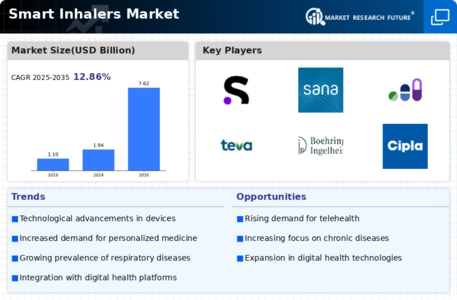
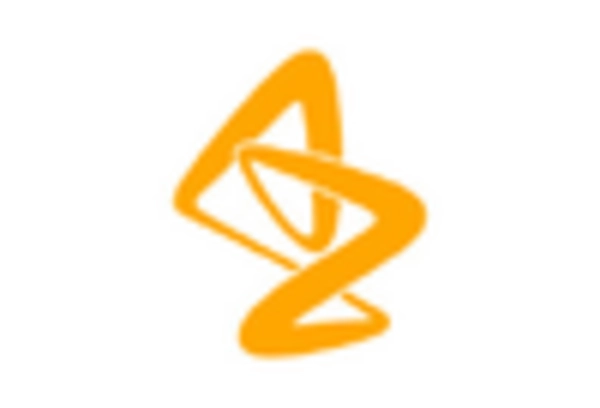

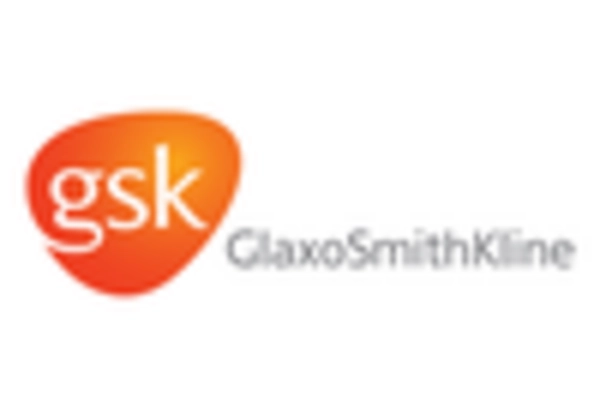
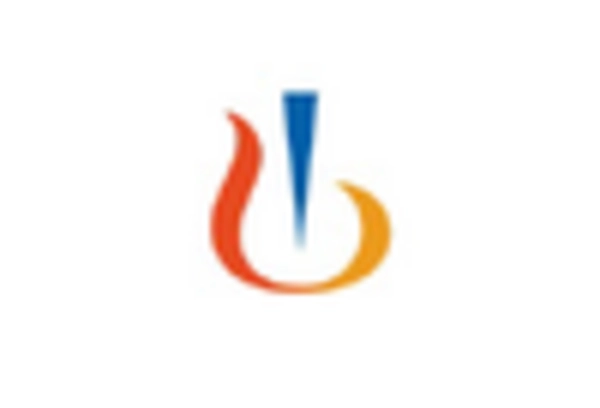
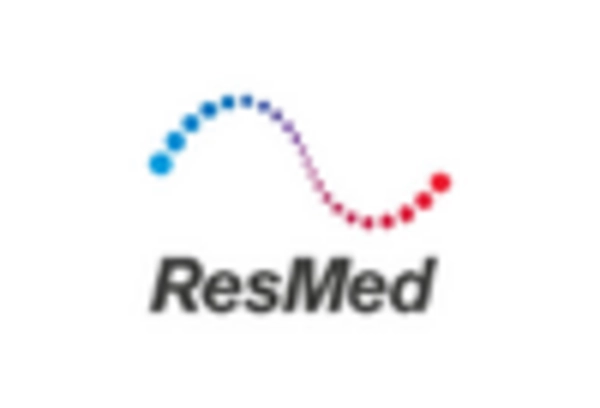
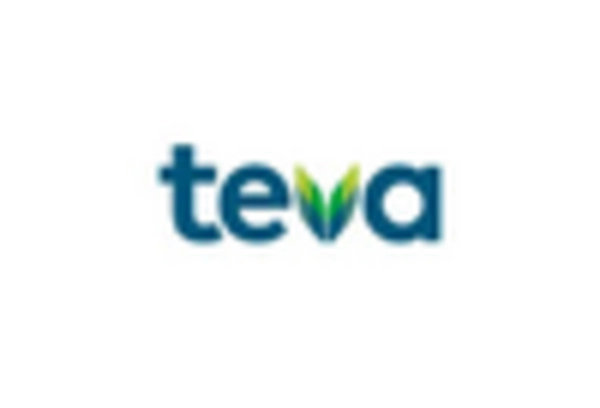









Leave a Comment